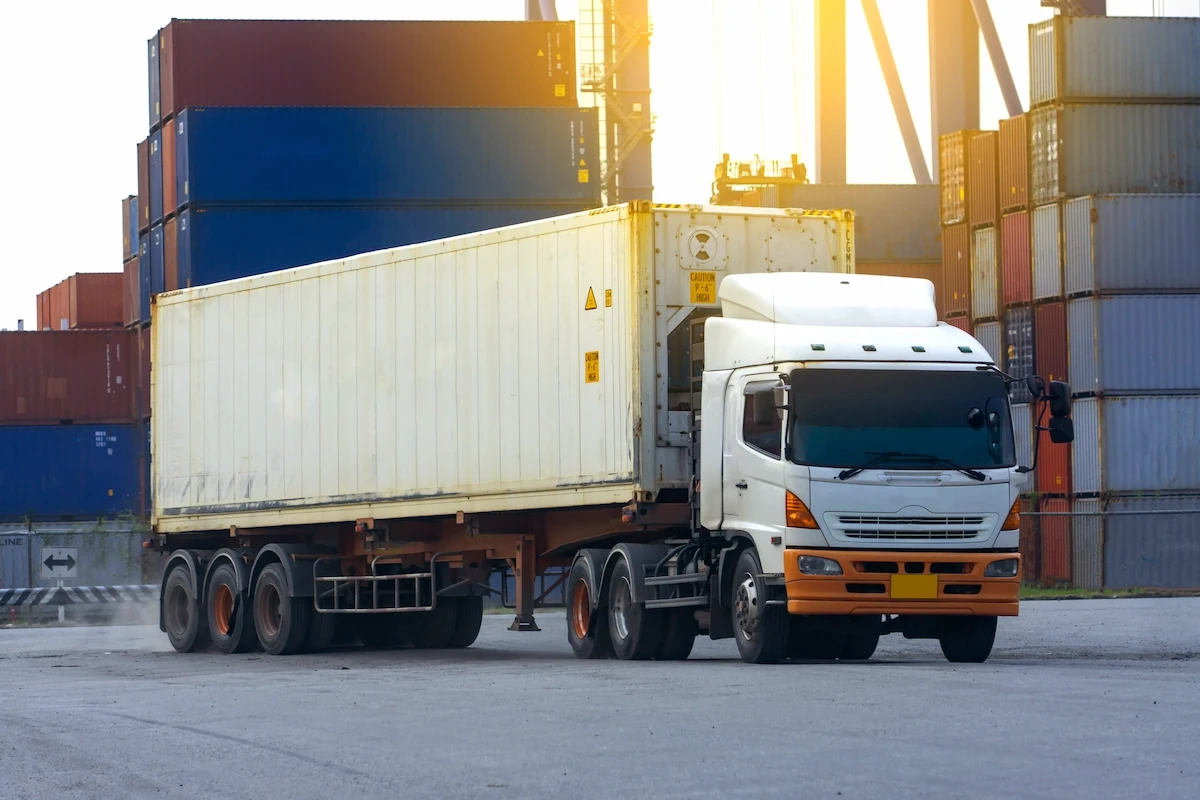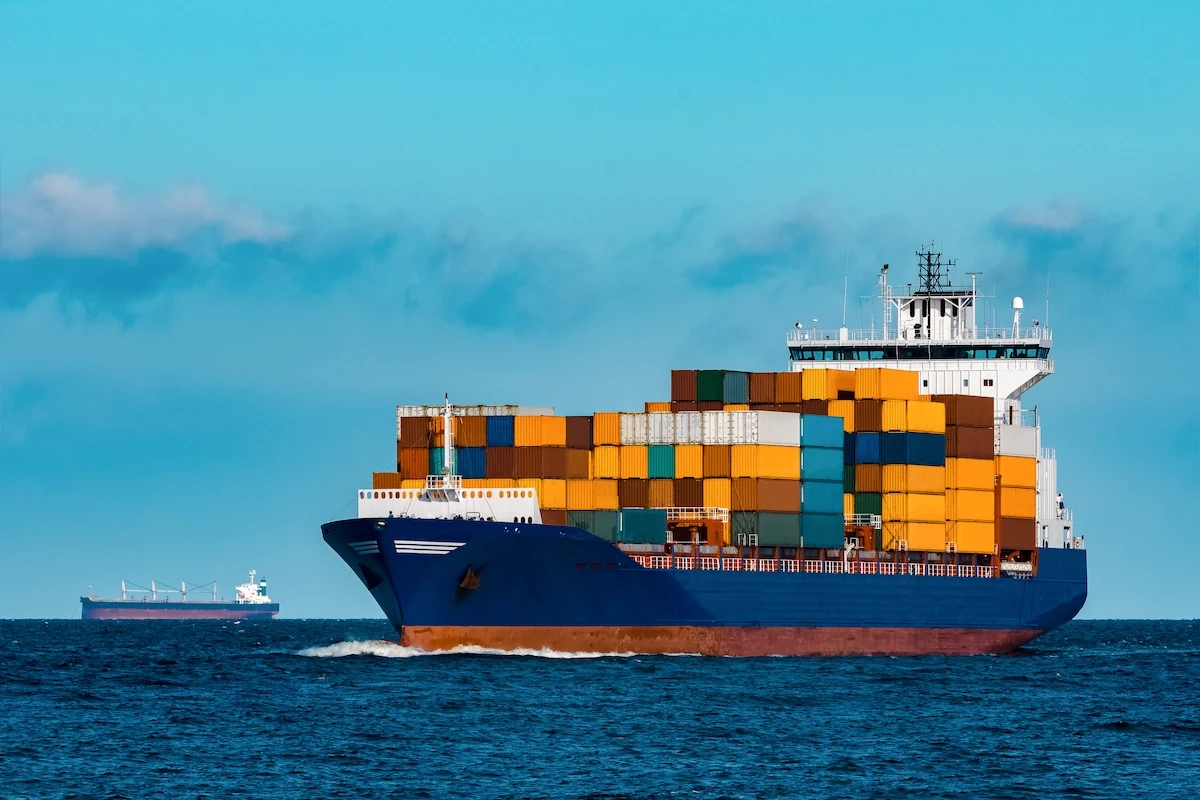
11-08-2025
What Is Freight Transport? Types and Modes to Choose
In the industrial sector, including the petrochemical industry, the shipping process is usually done to transport chemicals to end customers or distributors. Then, what is freight transport? Freight transport is a process to deliver goods from one point to another.
Typically, shipment activity is done using vessels. However, the meaning of shipping is expanding, as it now encompasses both land and air transport. This article talks about freight transport, its function, types, and shipping methods. To get to know more, read this article until the end!
What Is Freight Transport?
Freight transport, or shipping, is the process of distributing goods and commodities via sea, air, and land. Recently, shopping can be done across multiple channel, meaning that you can use various transportation modes in a series of distributions.
Yet, sea transport is believed to be more flexible since it can load more goods than air and land transport. According to data from UN Trade and Development, sea transport has become the backbone of global trade because it carries more than 80% of goods traded worldwide.
Sea transport also connects various world trading chains, distributes raw materials to production centers, and delivers finished products to customers. This process is important for industrialization and economic growth.
Read also: What Is Dock? Definition, Types, & the Difference with Ports
Functions of Freight Transport

Freight transport has several functions aside from delivering products to distributors or customers, such as:
1. Monitoring Inventory
The first function is to monitor stock to ensure that products arrive at the right place and time. In the process, you need to create organized reports to avoid errors or miscommunication.
2. Receiving Goods
The shipping department is also responsible for receiving goods from various sources, including suppliers and vendors. You will document incoming goods and store them until they can be distributed based on the schedule.
3. Packing and Delivering Products
One of the freight transport functions is to pack and deliver products. In this case, the shipping department will collaborate with other teams, like the inventory management team, to ensure that the products are accurate and have no defects.
Types of Shipping Modes
There are various shipping modes based on the amount and weight of the goods. Here is the complete explanation:
1. Full Truckload
Full truckloads are typically used for large bulk goods weighing more than 6,000 kilograms. Typically, full truckloads use an entire semi-trailer truck. This mode of transport is considered more economical and reduces the risk of damage to goods during shipping.
2. Less Than Truckload
Less than truckload, or LTL, is bigger than parcel but not big enough to use trailer trucks. Typically, this load weighs 67–6,000 kilograms.
3. Partial Truckload
Partial truckload is one of the cost-effective delivery options because you can share the truck cost with other shippers. This load is suitable for goods weighing over 2,000 kilograms or 6 pallets.
4. Express Shipping
Express shipping is specifically for items that must be delivered quickly. This mode of freight transport usually uses planes or trucks.
5. Intermodal Shipment
This shipment combines trucks and trains. However, intermodal transport also applies to other modes of transportation, such as ships and planes. In brief, you use two different modes. Typically, this mode is more cost-effective, more reliable, and can reduce gasoline consumption.
Read also: What Is Vessel? Definition, Types, & Difference with Ships
Types of Shipping Vessels

If you are planning to utilize vessels, you need to know the types of ships commonly used in shipping, such as:
1. Bulk Ships
Bulk ships are usually used to send bulk and heavy loads, such as minerals and coal. This kind of ship generally cannot deliver containers and can only load one type of goods.
2. General Ships
General ships can load various goods because they are usually in the form of twin-decker ships. As a result, this ship can carry containers, bulk cargo, or sacks. General ships typically have a capacity of 5,000–250,000 DWT.
3. Container Ships
Container ships can deliver goods in containers. This ship not only transports commodity goods but also vehicles.
4. Tanker Ships
This vessel carries oil and other liquids. However, oil and other liquids will not mix because tankers are categorized based on the type of goods they carry, such as chemical tankers or oil tankers.
Air, Sea, and Land Transport: Which One to Choose?
Choosing the right transportation relies on the goods, the destination, and how fast you want the goods delivered. Here are some considerations you can make in choosing the right freight transport mode:
1. Air Shipment
This is the fastest mode you can choose, especially for express service. However, it has limited container space and weight. Also, the shipping costs tend to be higher than those of other transportation modes and are often influenced by weather-related disruptions.
2. Land Shipment
This mode of transportation is quite cost-effective and easy to find because it does not depend on flight schedules or departures. However, it is less flexible and takes longer.
Moreover, truck drivers are prohibited from working beyond their working hours due to the risk of fatigue, which can delay deliveries. It can also be affected by bad weather, such as floods and storms.
3. Rail Shipment
Rail shipment is relatively affordable and accessible, especially if you need to deliver big containers. The loading-unloading process is also easier than air shipping, like using a plane. But the train is strict to schedules, making it unavailable at any time.
4. Sea Shipment
Shipping by sea is one of the most common options in the logistics sector. It can handle regional and international shipments, full or partial loads, and can carry large containers and various types of goods at a relatively affordable cost.
That is the information about freight transport, including the types and which modes you should choose. If you need logistic service for chemicals and LPGs, Chandra Asri Group is the solution.
Chandra Asri Group, through PT Chandra Shipping International and PT Marina Indah Maritim, has logistics solutions with 9 chemical and gas carriers with a capacity of up to 106,650 DWT. This number may increase over time.
In addition to vessels, Chandra Asri Group also operates land logistics through PT SCG Barito Logistics and PT Chandra Cold Chain. The service includes inter-island shipping, export-import facilities, vessels, and customs. Recently, we have had 155 trucks and warehouses around Java and Cilegon.
Read also: 7 Port Functions for the Economy and Trading, Must Note!